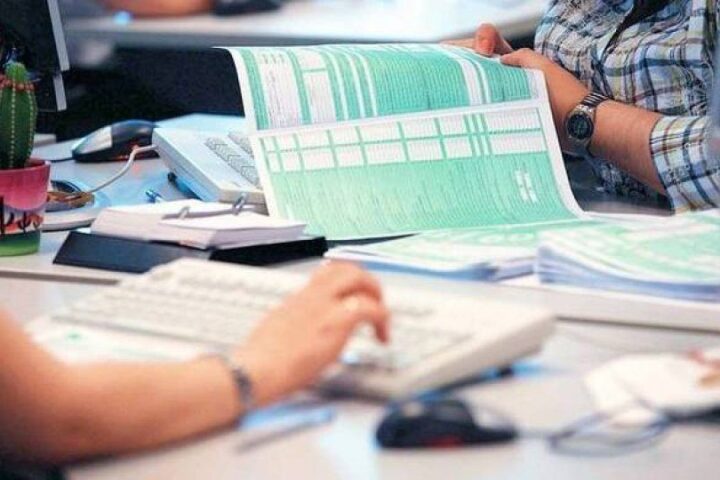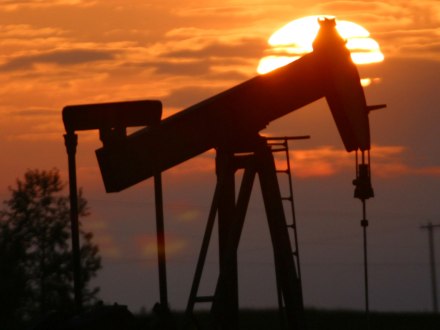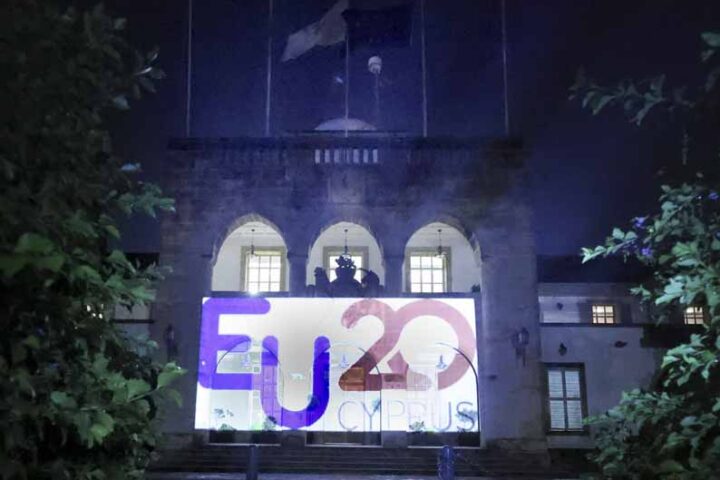.
By Cyril Widdershoven
Ongoing developments around the construction of an East Med offshore gas pipeline to Europe, involving Israel, Cyprus, Greece and Italy, could present the current participants with several severe challenges.
The Cypriot-Israeli approach is understandable, as it mitigates potential risks currently perceived in the respective capitals with regards to involving a full-fledged approach with Egypt.
As the Israeli minister of energy stated to the press “the deal could help moderate Arab influence in Europe”.
Both parties seem to be looking for European support, as the EU has agreed to invest around $100 million in a feasibility study for the $7 billion gas pipeline project.
The European position is clear, as Brussels is looking to diversify its energy supply, mainly to counter growing Russian and FSU gas supplies. The impact of the Dutch decision to end onshore production on its Groningen gas field, the largest onshore gas field in Europe, is already being felt as Russian supplies are showing an increase already.
To connect East Med offshore gas reserves, currently being explored and produced in Israel and Egypt, while Cyprus could start its own production in the coming years, with the European markets is a sine qua non.
For the total East Med region, Europe is the main consuming market, as the other option, Turkey, is out of the question at present due to geopolitical and military conflicts. Europe’s support for the Quartet offshore gas pipeline is clear but should still be re-evaluated. There are more applicable solutions in place, while geopolitics and stability in the region should be taken into account.
The $7 billion EastMed Pipeline Project is to start about 170 kilometres off Cyprus’ southern coast and stretch for 2,200 kilometres to reach Otranto, Italy, via Crete and the Greek mainland.
With a projected capacity of 20 billion cubic meters of gas per year, it is a significant addition to Europe’s supply. Reports are indicating that Europe’s demand for gas could reach 100 bcm (3.5 Bcf) per year by 2030. If environmental and global warming strategies are being implemented more strictly, demand could even increase substantially more.
Still, even that demand is there, politics seem to have removed commercial and geopolitical assessments from the discussion.
First of all, the unexpected deal of the Quartet with the EU presents already a threat to the current geopolitical stability of the East Med, as Egypt clearly has not been involved and addressed. By removing Cairo from the discussion, presents a possible affront to the East Med’s largest gas producer.
The discussion has clearly not taken into account the years of discussion between Cairo, Nicosia and Tel Aviv, in which all parties were and are targeting linking their offshore reserves to the existing onshore LNG liquefaction plants in Egypt (Idku/Damietta).
Bringing Cypriot and Israeli offshore volumes to a combined LNG capacity in Egypt is not only more economically feasible but also would be a direct stability factor of unknown order.
Connecting Cyprus-Egypt and Israel to a Tripartite offshore gas development would increase not only the scale of the project but also would intrinsically link the future of the three (and their stability) for the long-term.
The East Med’s security situation is already under pressure, as the Syrian civil war, Russian and Chinese military power projections and extremist proxy groups (Hamas, Hezbollah) are presenting a direct threat. For Cyprus and its compatriots, the role of Turkey is also always in the background, looking at potential direct military confrontations offshore.
Bringing together the two main military powers on the Southern Rim of the Mediterranean (Egypt, Israel) with Cyprus (and Greece) presents an opportunity to build a regional block able to counter or mitigate third-party interference. By removing Egypt from the connotation, a possible alliance has been put on ice.
Commercially, a deepwater offshore gas pipeline is also less attractive and functional. The basic rule for a pipeline is that there is a fixed market capable of taking the volumes provided. The Italian or Balkan/Greek markets already are being targeted heavily by several (semi-) Russian gas projects, such as TAP, SGC and others. Competition will be stiff, removing some of the financial options for newcomers.
A much more feasible approach for Greece and Italy and its hinterland, is to address new LNG supplies. Costs of new LNG liquefaction projects is less or not even needed, as a wide range of these is already in place.
It becomes even more applicable if the still underdeveloped Mediterranean option of Small-Scale LNG, using vessels of 70,000-150,000 tons of LNG, as they are opening up almost every port available in the Mediterranean, especially the hundreds of islands in Greece and elsewhere.
SLNG is also much more flexible, not needing multimillion LNG liquefaction plants, while being able to utilize the upcoming LNG spot market approach, bringing prices for consumers down.
The next months, having the EastMed pipeline project in the back of their mind, a new effort is needed to bring Egypt back into the play.
Without Cairo, Israel and Cypriot gas reserves are never large enough to get the right impact onshore Europe, while at the same time, they are slapping Cairo in the face.
Egypt’s dream of an energy hub position depends on the integration of Israeli-Cypriot volumes into their system. Commercially it is also the most attractive. LNG is more feasible than another main pipeline, with a staggering initial cost of $7 billion.
As sometimes is said “Energy = Geopolitics”, mostly used as a precursor to addressing wars and conflicts. In the EastMed, however, linking energy and regional politics could be the main driver behind stability and prosperity.
No doubt that the EU is willing to invest in that, as instability on the Southern Rim or Greek-Cypriot area is a future not wanted. Time to reconsider the pros and cons, everything under pressure becomes liquid, this time it will partly remove future pressure for sure.
The writer is Director of VEROCY and a geopolitical risk and energy advisor







